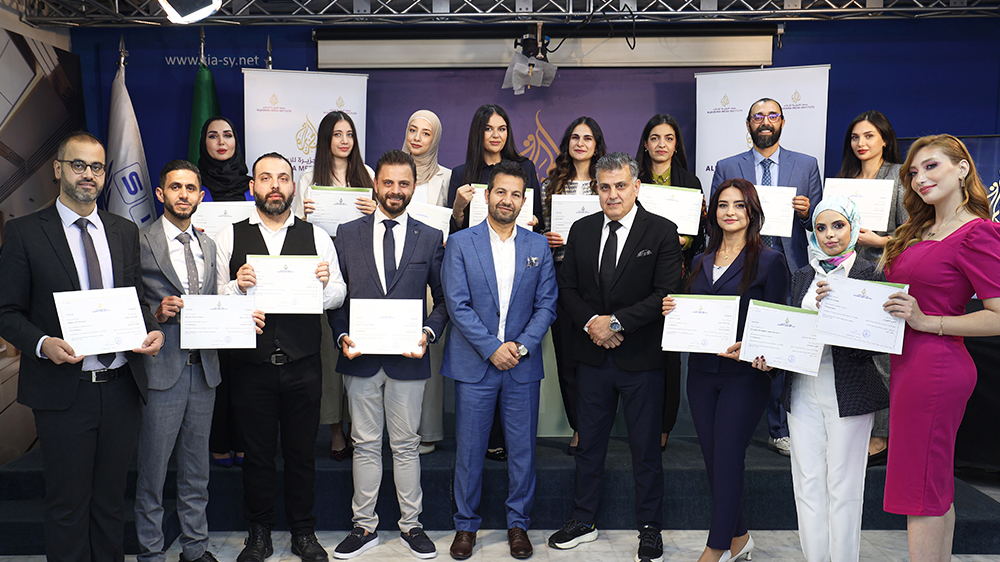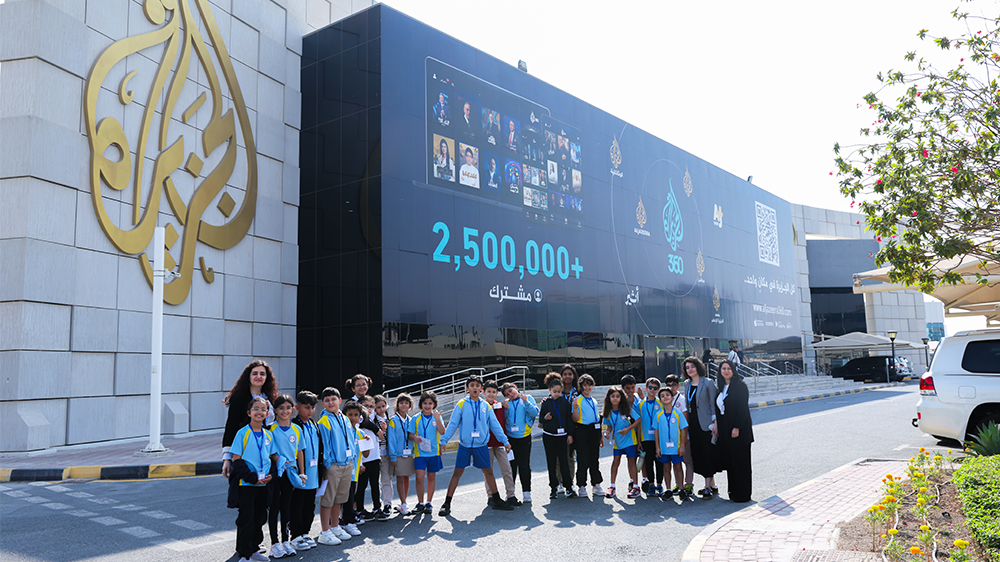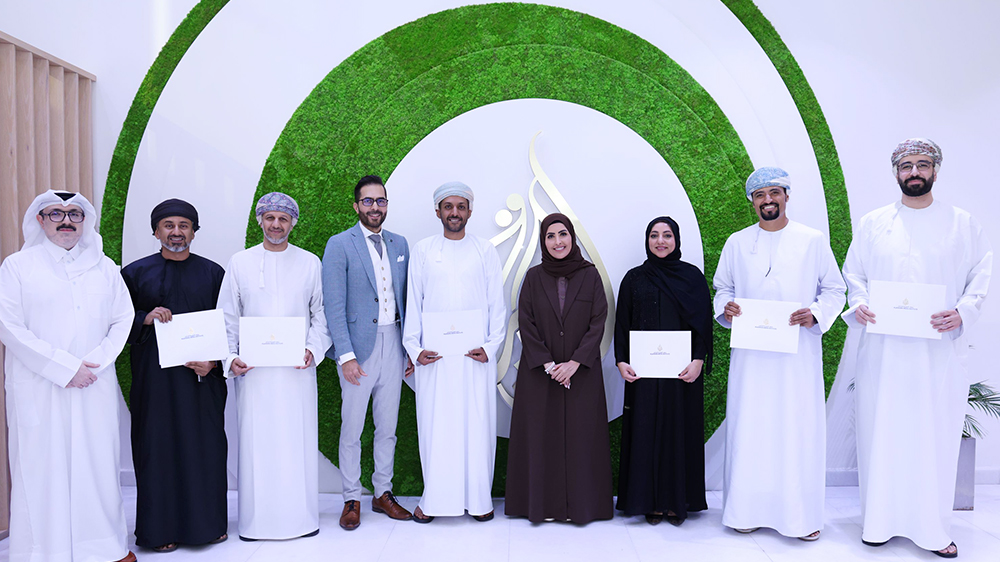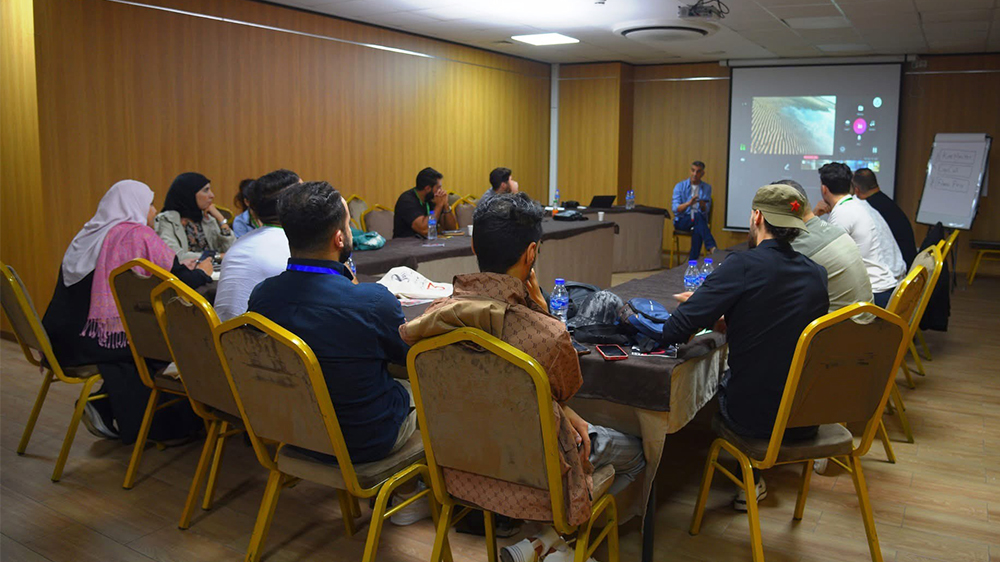News & Events
New from the Institute: AJMI Publishes in the Field as in the Newsroom: Reflections on journalism as an Anthropological tool
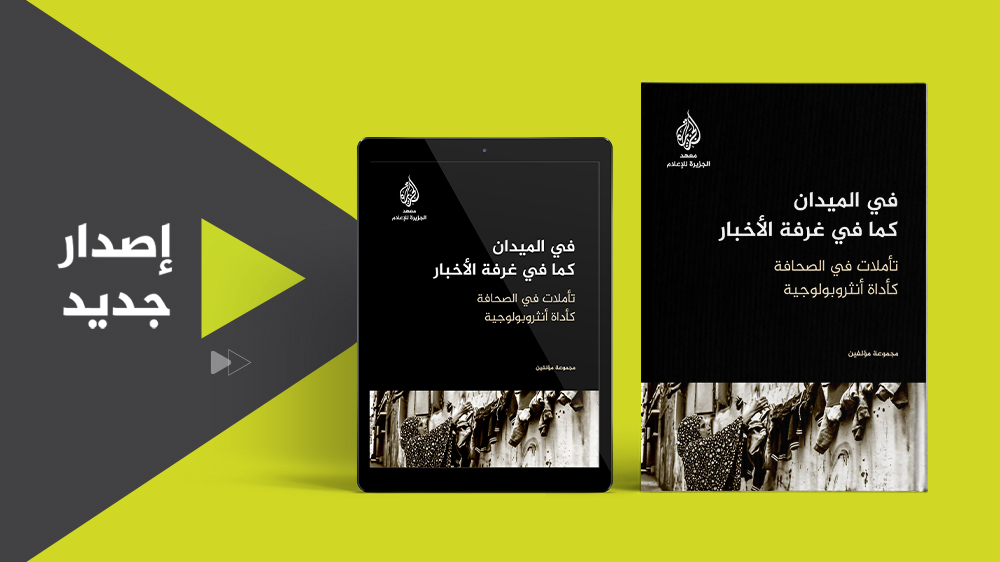
AJMI - Doha
As part of its series of publications aimed at supporting media professionals and enhancing journalistic performance, Al Jazeera Media Institute offers a new release under the title: *In the Field as in the Newsroom: Reflections on journalism as an Anthropological Tool*, which offers an innovative perspective on redefining accuracy concept in journalism.
The book stems from a fundamental question that has long occupied minds of journalists: What are the limits of accuracy and credibility in journalism? Is accuracy confined to matching figures with sources and verifying names and quotations, or does it also include faithfully conveying human and social experiences surrounding issues being reported?
Eman Al-Amri, Director of the Al Jazeera Media Institute, said during the book launch event: "This book stands as a unique reference in the field of media, shedding light on profound aspects that traditional journalism curricula often overlook. It offers media students the opportunity to examine human stories and approach news from a more comprehensive and in-depth perspective."
Al-Amri added: "The book is distinguished by its combination of theory and practical application, featuring contributions from a select group of authors who have enriched it with anthropological stories and experiences."
The release highlights importance of broadening the notion of accuracy to include human dimension, emphasizing that true journalism is not limited to reporting facts, but goes further to understand and reflect human experience behind the news. It goes further to open new horizons for viewing journalism through the lens of social and human sciences—especially anthropology, which is closely tied to journalistic practice of understanding and engaging with people.
The book proposes that tools of anthropology—particularly ethnographic approach based on observation and involvement—can provide journalists with deeper insight into their societies and enable more accurate and human-centered reporting.
The book, also includes an introductory dialogue between a journalism professor and an anthropology professor, where they explore points of convergence/junctions between the two fields, before moving into eight chapters that address topics such as engagement with marginalized communities, writing biographical narratives, analyzing social movements and exploring emerging journalistic genres in Arab world, such as travel journalism and historical storytelling.
This publication aims to equip journalists with a toolkit of knowledge and methods that help them broaden their perspectives and deepen their understanding of contexts in which they work, which makes journalism more capable of conveying human experience with depth and authenticity.

